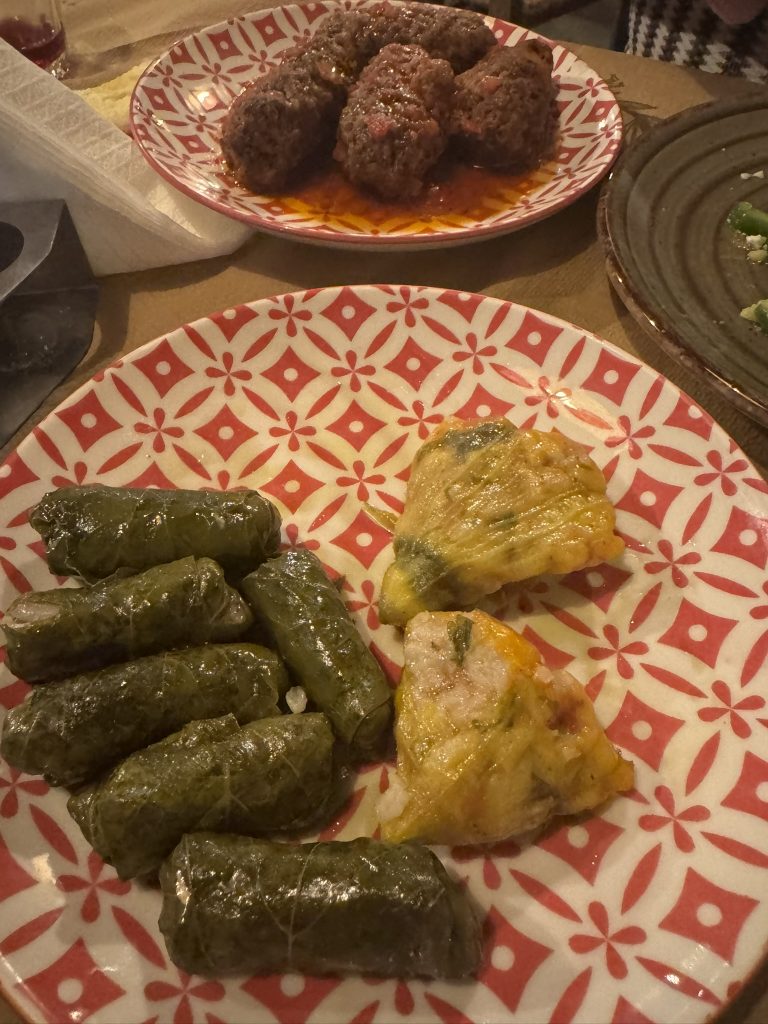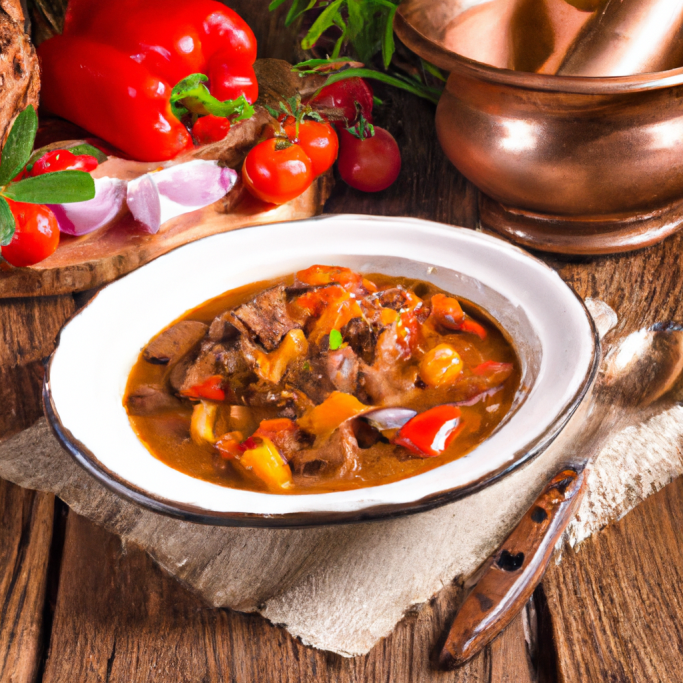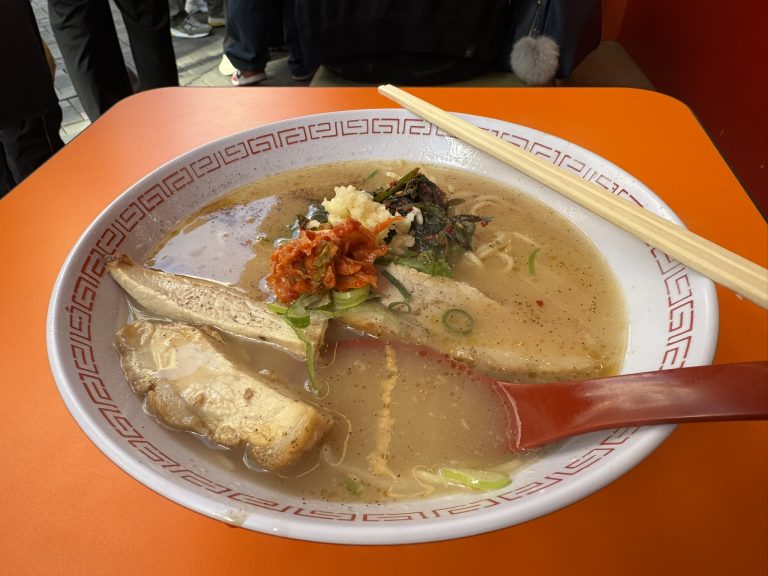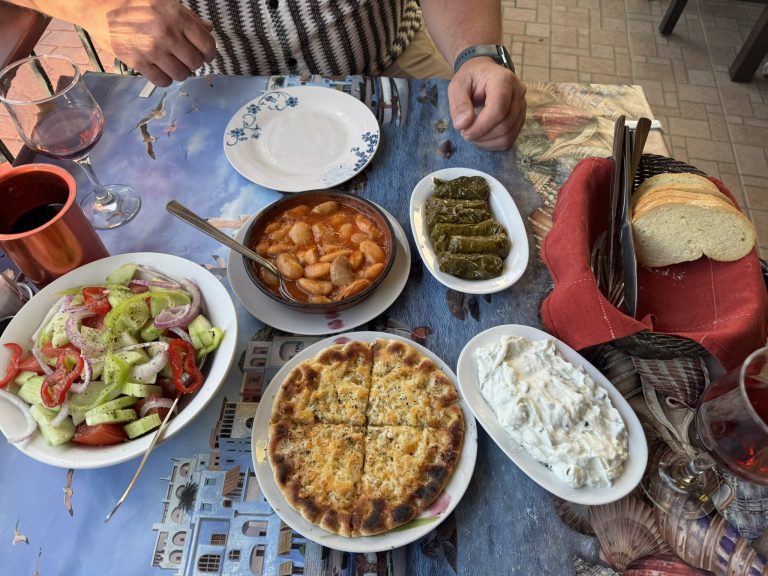From traffic cone chicken to Goa: A spicy love affair
There’s something undeniably electric about boarding a plane bound for Goa. The very name conjures images of vivid spice markets, sun-drenched beaches, and the smoky allure of fish curry simmering on a wood-fired stove. I’ve spent years dreaming of this moment, tracing the flavors and stories that first ignited my obsession with Indian cuisine. Today, I’m finally headed to the source.
I remember the first time Indian food hijacked my senses. I was a teenager, living in a small, gastronomically unremarkable town. My exposure to “exotic” foods was limited to the occasional limp sweet-and-sour chicken at the local Chinese buffet. Then one day, a friend’s family invited me over for dinner. The house smelled of garlic, ginger, and toasted cumin seeds. On the table was a feast—butter chicken, basmati rice fragrant with cardamom, and naan warm from the oven. My first bite was transformative. It wasn’t just food; it was a portal. The layers of flavor, the interplay of heat and sweetness, the unapologetic boldness—I was hooked.
That night, I begged my mother to let me try my hand at cooking an Indian meal for the family. I didn’t know a garam masala from a garbanzo bean, but I threw myself into the task with teenage zeal. I scoured cookbooks, stained my fingers yellow with turmeric, and nearly set off the smoke alarm while charring onions for a curry base. The result? A tandoori chicken so vibrant it looked like a traffic cone and a passable attempt at dal. My dad’s reaction made all the effort worth it: “This is incredible. You should cook more often.”
That summer, we went to France to visit my cousins, and my dad—still raving about the meal—insisted on bringing tandoori spices along. Picture this: a sunlit garden in the french Pyrenees, the air thick with lavender and the scent of roasting chicken wafting from a makeshift grill. My French relatives, skeptical at first, were won over by the smoky, spiced perfection of tandoori chicken. It was a small, delicious rebellion against the tyranny of baguettes and brie.
Now, decades later, I’m chasing that same spark, but on its home turf. Goa, with its Portuguese-influenced cuisine and kaleidoscope of cultures, promises to be a feast for the senses. I’ve daydreamed about sitting at a beachside shack, tearing into prawn balchão with my hands, the tang of vinegar and chilies dancing on my tongue. I want to get lost in the labyrinthine spice markets, where burlap sacks brim with turmeric, cinnamon, and dried red chilies. I want to sip feni, Goa’s fiery cashew liquor, and let it burn its way into my soul.
But more than the food, I’m hungry for the stories. The old fishermen who still haul in their catch at dawn. The grandmothers grinding coconut and tamarind into paste with stone mortars. The street vendors who’ve spent a lifetime perfecting a single dish. Goa isn’t just a destination; it’s a living, breathing cookbook, and I plan to devour every page.
Today marks the start of a journey that’s been simmering for years. And as the plane touches down, I feel that familiar rush of anticipation. It’s the same feeling I had all those years ago, standing in my parents’ kitchen, about to unleash my first attempt at Indian cuisine. The same feeling my dad must have had, introducing tandoori chicken to an unsuspecting French family. It’s the thrill of discovery, the joy of sharing, and the unshakable belief that the best meals aren’t just eaten—they’re experienced.
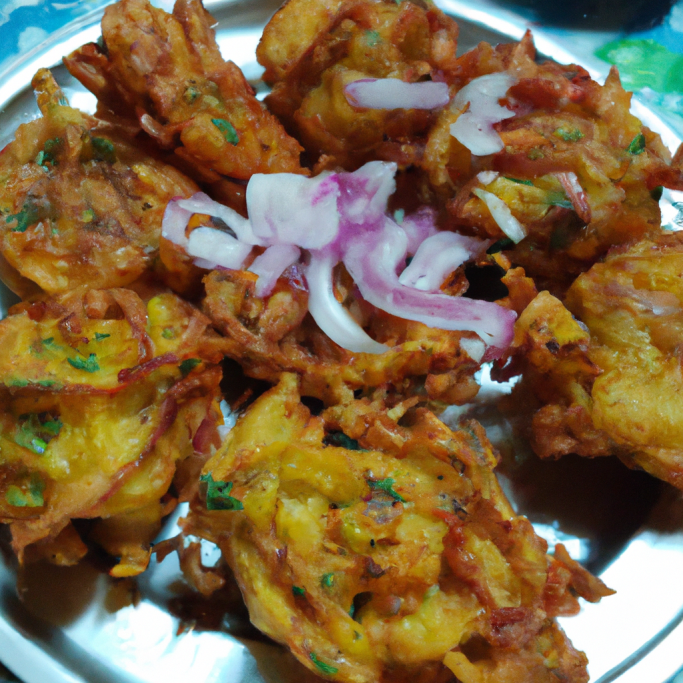
Onion Bhaji
Equipment
- Deep Fryer
Ingredients
- 2 large onions sliced super thin I use a mandolin at the thinnest setting
- 1 tbsp minced ginger
- 1 cup gram flour /chickpea flour
- 1 tbsp rice flour if you want them extra crispy
- 1 teaspoon ground cumin
- ½ teaspoon Garam masala or Curry Powder
- 1 teaspoon ground coriander
- ½ teaspoon ground turmeric
- ½ teaspoon chilli powder
- ¼ cup fresh coriander leaves
- Salt to taste
- 1 – 3 teaspoon water as needed
Instructions
- Peel and cut the onions into thin slices. Cut them into halves again.
- In a mixing bowl, all all the dry ingredients – onion, flour, spices and salt. Mix them with clean hands and allow them to sit for at least 20 minutes ( or longer – up to 1 hour )
- After 20 minutes, squeeze the onions with your hands to release the water right in the same mixing bowl (you’re going to use this ‘onion water’ to make the batter). Combine the mixture together to form a thick batter. If you feel the batter is too dry, add 1 teaspoon of water at a time until the batter coats the onions well, not too watery. If it’s too watery add 1-2 teaspoons of gram flour.
- Heat oil in your deep fryer. Check if your oil is sufficiently hot by adding a pinch of the onion bhaji batter. If it bubbles up immediately, you know the oil is ready for frying the remaining Onion Bhajis.
- Using a spoon or clean hands, add an heaping tbsp of onion bhaji batter portions into the oil and fry for 3-4 minutes. Flip the bhaji’s once they are light brown on one side and fry until they are brown all over and evenly cooked.
- Check if they’re cooked inside and the bhaji is not wet. Drain the fried fritter on a kitchen roll or kitchen paper to soak up any excess oil.
- Serve with your favourite chutney or raita.
- Store any leftover onion bhaji’s in an airtight container and refrigerate up to 3 days. To reheat, place them on a baking tray and cook in a preheated oven at 150C for 10-15 minutes.

